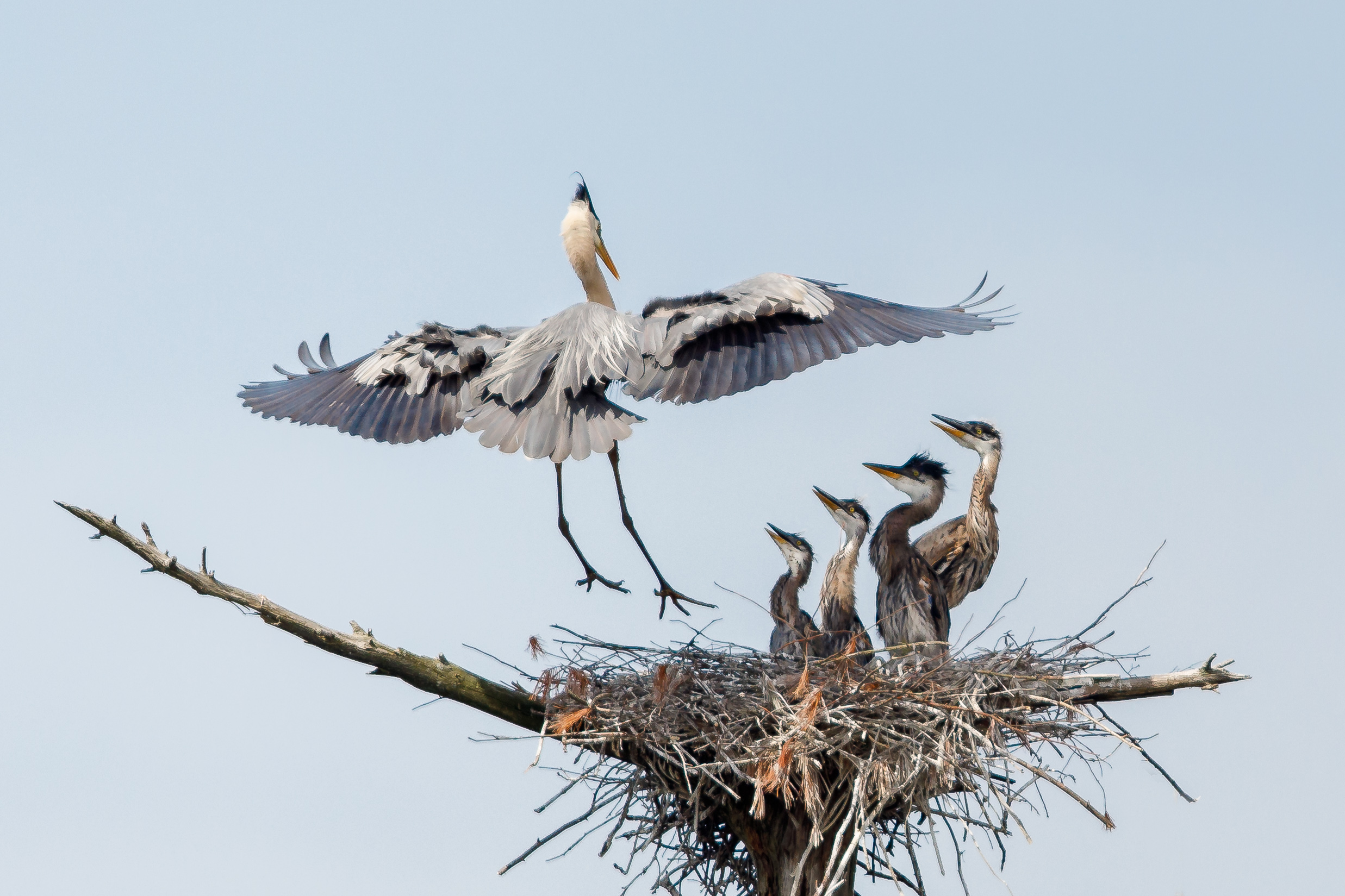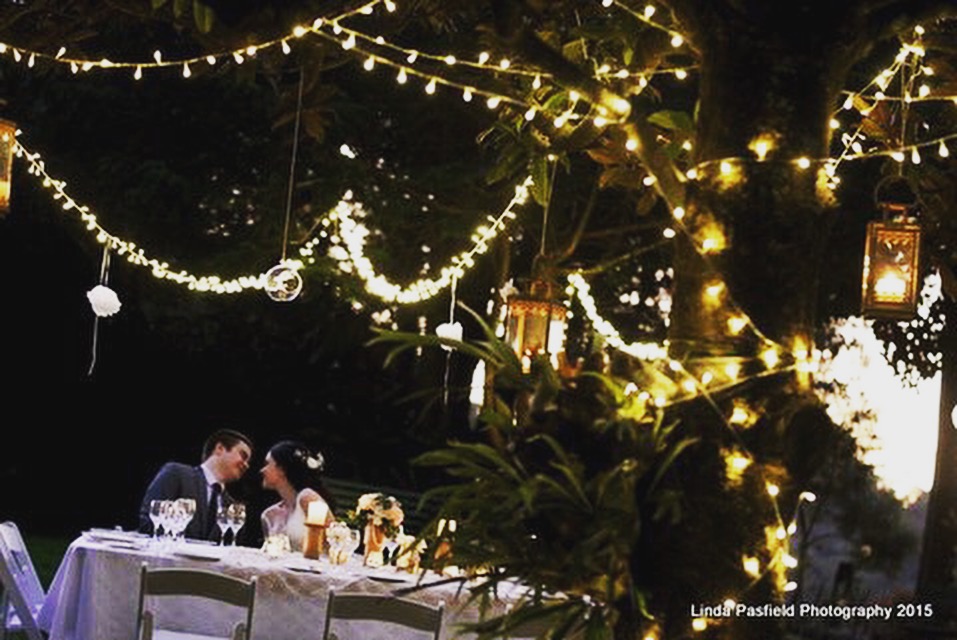At its core, photography is about making the ordinary look extraordinary.
But the business side of professional photography involves more than just a passion and creative eye for photography. Yes, running a photography business can be a great way to earn a living while working on your craft.
But, like any other entrepreneurial craft, professional photography has its own unique set of challenges. Aside from your technical proficiency with your tools, there are business legalities and operating costs to consider.
Whether it's lifestyle photography needed in London, corporate photography in the United States, or an experienced food photographer in Dubai, understanding the finer details of the business side of photography is important.
One of the most important ways of delivering a constant stream of income rests with word of mouth marketing. Your clients are your biggest advertising tools.
Managing your clients’ expectations is key to consistent work. When they’re happy with the end result, they become your biggest tool in garnering more attention and business to your company.
With that in mind, here is a list of the top three tips on client management.
1. Communication and meeting client expectations
Communication is the key to building long-lasting relationships.
In the same way that composition, lighting, and its ability to evoke emotion are important factors in a good photograph, successful photographers know the value of relationships for client management.
Long before a shutter clicks, you should ensure you’ve managed your clients’ expectations. A happy client is free advertising. And in the age of social sharing, clients who share your work through their social networks can potentially lead to new business.
Communicating before the scheduled event or photo shoot is the perfect time to clarify the nitty-gritty and any fine print. Miscommunication can only lead to a perceived misrepresentation which can, in turn, lead to catastrophic disappointment.
When communicating with your client, be crystal clear with the basics of your work. These can include:
This will not only prevent misunderstandings but also protect you and your business against any potential lawsuits if disappointment does occur.
Show your clients your portfolio and photography gallery. Examples of your work are fundamental talking points between you and your clients. They can convey your artistic style and allow your clients to understand what to expect with the final product.
Whichever way you do connect and communicate with your clients; whether it's through social media, email, or phone, communicate in a professional and formal manner.
2. Scheduling and contracts
Clients who are clear on their expectations are clients who are happy with your work.
And just as important, clients with clear expectations understand the timeline of your creative process. Clarify the complete process. From booking to deposits, and the delivery of the final product, a clear contract manages expectations on both sides.
Schedule multiple consultations so nothing is missed and ensure both you and your client have copies of the agreed upon contract. Anything agreed upon between your business and your client should be done in writing. Your contract will include the important details you can refer back to when necessary. This should include the agreed-upon prices, turnaround times, studio policies, etc.
An outline of the process helps both your client and your company. Just as well, discuss your company’s overtime policy. On the day of your scheduled event or shoot, unforeseen problems may arise. It’s just a matter of fact. Shoots have and will continue to run beyond the previously stated end time. Be clear with your overtime policy during your contract agreement.
This will limit surprises on the day of the big event, especially when your client’s timeline extends beyond the hours you talked about.
3. Licensing and copyright usage
One of the biggest hurdles your business will encounter will be the unauthorized use, reproduction or amendment of your photographs.
Many clients simply won’t understand how copyright infringement works. At the end of the day, they’ll be so happy with your work that they’ll share it with their friends through social networks. And the technological advances of digital formats means there are more gray areas in copyright infringement than before.
To ensure you don’t lose potential income through copyright infringement, include your copyright and usage rules with your contract. Always put business legalities in terms that are easy to understand so there is no confusion later down the road.
Your finalized contract should clearly define ownership of your work. If you’re happy to sign the copyright of your photographs over to your clients, do so in writing.
Client management is fundamental to the continued success of your business. The better you foster a relationship, the easier it becomes to conduct business and generate revenue. Your clients are a crucial entry point to nurturing the success of your company. Be sure to do all the behind-the-scenes work beforehand. This way, when the big day comes, nothing will come between you and your subjects.
AUTHOR BIO
Barry Morgan is the creative force behind Barry Morgan Photography, which is a corporate photography company based out of Dubai. Firmly believing you should love what you do, to do your best. Originally hailing from a background in advertising agencies he now brings his business experience to create exceptional and effective marketing photography to help businesses achieve their goals.

























